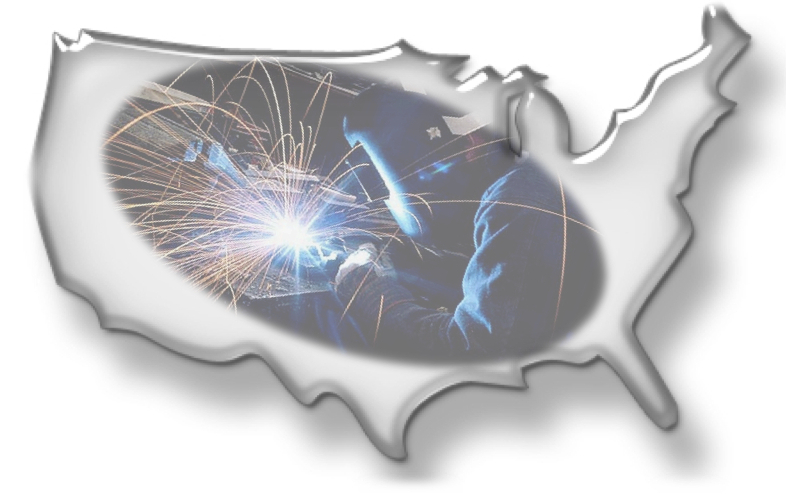If not exactly a nail in the coffin, the early years of the 21st century dealt a life-threatening blow to US manufacturing. Long a key traded sector in the American economy, industry simply seemed to hit a wall.
Hobbled by overseas outfits that could do the same work with lower labor expenses, American factories began to close left and right. The situation was exacerbated by the US recession that began in 2007 and spread, plague-like, from coast to coast. In the first decade of the 2000s, domestic manufacturing employment shrank from 17.3 million to 11.4 million. In other words, more than one third of the total number of manufacturing jobs disappeared – a figure that represents the worst job loss rate in US history. Yes, even greater than the Depression…

